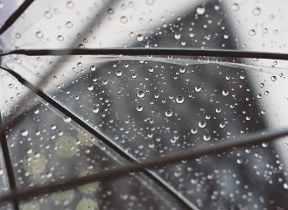Full circle rainbow
To be able to see a full circle rainbow you need to be able to see water droplets below your observable horizon - if you are standing on top of a tall building or looking out of an aircraft then you may have water droplets and sun
What is a full circle rainbow?
The key factor that determines how much of a rainbow we see is our visual reference point. In most cases we only see less than half of a circle - the characteristic rainbow arc we are all familiar with.
However, if you are lucky enough to be in the right position at the right time, you can see a full circle rainbow in all its splendour.
A rainbow's centre is directly opposite the position of the sun in the sky, so more of a rainbow can be seen as the sun approaches the horizon. Therefore you will normally see the greatest percentage of a rainbow (50%) at sunrise or sunset.
How full circle rainbows are formed
To be able to see a full circle rainbow you need to be able to see water droplets below your observable horizon.
If you are on the ground you are very unlikely to be in the optimum position to see the rest of the rainbow - except for full circle rainbows that appear in, for example, the mist given off by a garden hose or sprinkler.
However, if you are standing on top of a tall building or looking out of an aircraft then you may have water droplets and sunlight below your observation point. As the video below shows, if conditions are exactly right, that gives you the opportunity to see the rainbow in its entirety.





